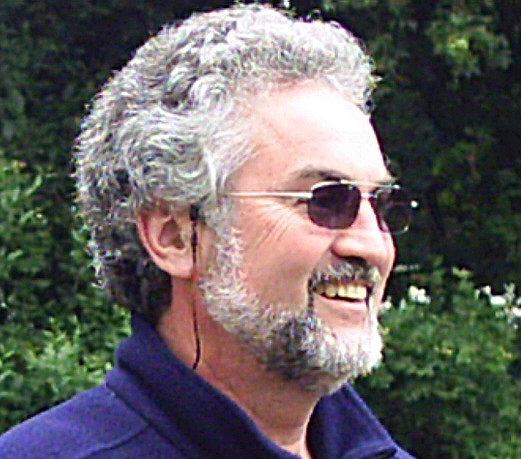|
The border crossing furthest west on the German/Danish border┬ has an interesting story. At this point there was a round bar gate, like at many border crossings today. For decades,┬ it was only possible┬ to cross this border with special permission. Initially, it caused a lot of problems, because it was far away from any towns and in the middle of a very deserted area of the country. It was especially a problem for Bauer Broder P who lived on a farm on the Danish side of the border - but the road that led to it was on the German side of the border. That meant that every trip he made to and from his farm, he had to cross the border twice.┬ To go to the next Danish village, Rodenaes, in his car , he had to unlock the border gate and raise it, cross over, put it back down and lock it again. Then he had to take a long detour to go to the next official border crossing to get permission to go through it and continue back to the village. Eventually, he got revenge by just leaving it open. What happened then? You can guess the rest of the story.
|

